At Safety Training & Compliance (STC), we believe that creating safer workplaces is not just a legal obligation but a moral responsibility. June is National Safety Month, an important time to reflect on the significance of workplace safety. In this blog post, we will provide you with valuable insights and practical tips to help you prioritize health and safety in your organization. By following OSHA guidelines and preserving human life through workplace safety, we can cultivate a culture of well-being and productivity.
Employee Wellness and Workplace Safety
Ensuring employee wellness goes hand in hand with maintaining a safe work environment. When employees feel safe, their motivation and productivity soar. Implementing comprehensive safety programs that address physical, mental, and emotional well-being is crucial. Encourage employees to report hazards promptly, provide ergonomic workstations, and promote a healthy work-life balance. By prioritizing employee wellness, you create a positive and productive work environment for National Safety Month and the rest of the year.
Accident Prevention and Injury Prevention
Accidents and injuries not only affect individuals but also impact overall business operations. Proactive accident and injury prevention measures significantly reduce the risk of incidents. Conduct regular safety inspections, provide appropriate personal protective equipment (PPE), and ensure proper employee training. By identifying and addressing potential hazards before they lead to accidents, you protect your workforce and avoid costly disruptions.
Safety Education for National Safety Month
Safety education is vital in fostering a safety culture within your organization. Regular training sessions and workshops empower employees to recognize and address safety concerns. Promote safety awareness campaigns, engage employees in safety committees, and celebrate safety milestones. By investing in safety education and promotion, you create a workforce that is knowledgeable, proactive, and committed to safeguarding their own health and the well-being of their colleagues.
National Safety Month serves as a reminder of the paramount importance of health and safety in the workplace. As STC, we encourage you to take proactive steps to create a safer environment for your employees. Prioritize employee wellness, implement accident prevention strategies, and promote safety education throughout your organization. By partnering with STC and leveraging our managed safety services, you can access expert guidance and tailored solutions for your specific safety needs. Together, let’s make workplace safety a top priority and preserve the well-being of your most valuable asset—your employees. Want to learn more about health and safety, workplace wellness, and accident prevention? Check out our blog!
Photo Sourced from STC

